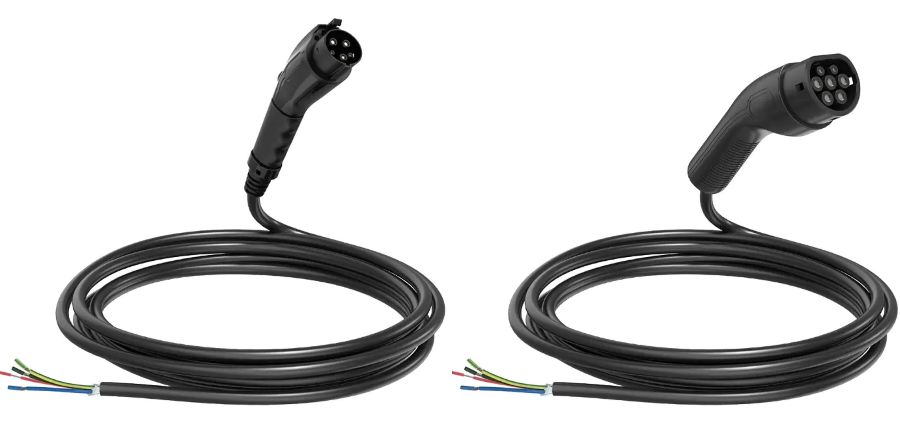


TPU vs. TPE: Choosing the Best Insulation Material for EV Charging Cables
With the rapid growth of electric vehicles (EVs), the need for high-quality China EV Charger cables has never been greater. Among the most important components that affect cable performance, durability, and safety is the insulation material. Thermoplastic Polyurethane (TPU) and Thermoplastic Elastomer (TPE) are two of the most widely used materials today, each offering unique benefits suited to different applications.
Understanding the properties and limitations of TPU and TPE is essential for manufacturers, developers, and end-users to make the right choice for their EV charging solutions.
TPU is a versatile polymer known for its exceptional mechanical strength, abrasion resistance, and ability to withstand harsh environmental conditions. It combines toughness with flexibility, making it ideal for demanding industrial and outdoor uses.
TPE, on the other hand, is valued for its softness, elasticity, and cost-effectiveness. It behaves somewhat like rubber but is easier to process like plastic, making it lightweight and user-friendly, especially in less demanding environments.
When durability is key, TPU stands out. It offers superior tensile strength, tear resistance, and flexibility, allowing cables to endure repeated bending, pulling, and rough handling without damage. This makes TPU particularly suited for commercial charging stations or high-traffic public areas where cables face frequent use and mechanical stress.
TPE, while softer and easier to handle, does not match TPU’s mechanical resilience. Its elasticity makes it comfortable to grip and coil, but it can wear out faster under continuous heavy use or rough conditions.
TPU excels in resisting extreme temperatures, UV radiation, moisture, oil, and grease. It also withstands cuts and abrasions, which is crucial for safety and longevity in outdoor or industrial settings. This durability makes TPU cables a reliable choice for charging points exposed to weather, chemicals, or rough terrain.
TPE performs well in moderate conditions and offers reasonable resistance to water and UV rays but degrades more quickly under harsh environmental exposure. It is best suited for indoor or residential EV chargers where exposure to harsh elements is limited.
Long-term exposure to sunlight and UV radiation can cause many materials to become brittle or lose flexibility. TPU maintains its properties much longer under these conditions, preventing cracking and discoloration. TPE, conversely, is more susceptible to UV damage and aging, which can reduce its service life in outdoor applications.
TPE’s soft, rubber-like texture provides excellent flexibility and comfort, making it ideal for portable and residential chargers where ease of use is a priority. TPU is slightly stiffer but still flexible enough to manage, with the added benefit of retaining its shape and structural integrity under stress.
TPU allows for vibrant, long-lasting colors that resist fading, which is beneficial for branding and visual appeal. Additionally, TPU can be sterilized through various methods without damage, making it suitable for hygiene-sensitive environments like hospitals or transit hubs.
TPE can also be colored but is more prone to fading and less tolerant to heat or chemical sterilization.
TPE is generally more affordable and environmentally friendly, often being phthalate-free and recyclable. It’s a great choice for budget-conscious projects aiming for sustainability in mild-use scenarios.
While TPU is more costly and energy-intensive to produce, its durability and longer lifespan can offset environmental impacts by reducing the need for frequent replacements.
Choose TPU for high-performance, heavy-duty applications requiring abrasion resistance, weatherproofing, UV stability, and long service life. Ideal for outdoor, commercial, and industrial EV charging stations.
Choose TPE if your priority is cost-efficiency, lightweight handling, flexibility, and indoor or residential use with minimal environmental stress.
Conclusion
There’s no universal “best” material—TPU and TPE both have roles to play in the expanding EV charging infrastructure. Understanding their strengths and limitations will help you select the right insulation for safe, efficient, and durable EV charging cables tailored to your needs.Know more about Google SEO Directory
